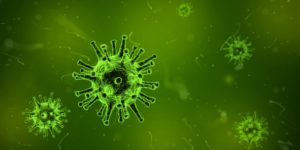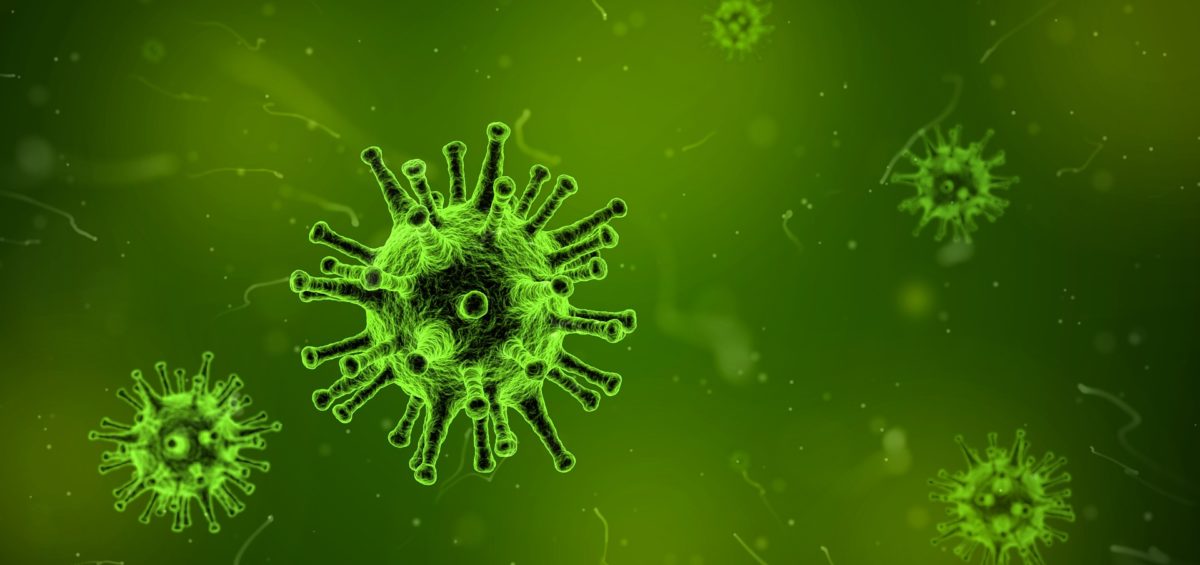The Italian Health Institute ISS (Istituto Superiore di Sanità) collect data on the flu through the Influnet bulletin and thank the aid of Family Doctors, Pediatricians and Regional Laboratories. In the first week of 2019, in Italy, the epidemic curve of flu reached 323,000 cases . Besides in the 2nd week there was a significant increase and were reached 431,000 cases. For a total of just over 2,240,000 cases since the beginning of the monitoring. The most infected regions in Italy are Piemonte, Lazio, Abruzzo, Campania and Sicilia. Children under five years old are the most affected by flu.
What is the Flu?
 The Flu is an infectious disease caused by the influenza virus, the RNAh virus of the Orthomyxoviridae family. Influenza viruses are usually classified into three types: Type A, Type B, and Type C (even if there is proof of a fourth Type D).
The Flu is an infectious disease caused by the influenza virus, the RNAh virus of the Orthomyxoviridae family. Influenza viruses are usually classified into three types: Type A, Type B, and Type C (even if there is proof of a fourth Type D).
- Type A viruses: they are the most common and can affect both humans and animals. Besides they are divided into subtypes because there are a great number of two glycoproteins pairs on their surface (capsid). The two glycoproteins pairs are the hemagglutinin-HA and the neuroaminidase-NA towards which body’s immune system defence are directed. Today 16 subtypes of HA and 9 of NA glycoproteins have been identified. Besides through a mechanism of genetic recombination, the viruses process mutations in both HA protein gene and NA protein gene. The mutations are the cause of the pandemic . For example, in August 1918 the Spanish Flu H1N1, proving death particularly violent and lethal, killing 25 million people in 6 months.
- Type B viruses: they are not the cause of pandemics and infect only the humans.
- Type C viruses: they are not the cause of pandemics and involve asymptomatic infections similar to a cold.
The Symptoms and Diagnosis
The Symptoms attributable to the effects of the Flu: high fever, joint pains, muscle pains, sore throats, headaches but also gastrointestinal disorders. Infections are increased by air through saliva, sneezing and cough. The subjects most at risk are infants, elderly people and persons with chronic illness.
The diagnosis are not easy because there are many microorganisms that can cause symptoms similar to the Flu. Usually the doctors make a diagnosis based on clinical symptoms and on an objective examination taking into account the epidemiological progress of the infection.
In order to be sure of the infection, the examination in a qualified laboratory for analysis can be used to confirm or exclude the flu. Therefore more appropriate therapies can be used by limiting the use of antibiotics.
Source Influnet bulletin : https://old.iss.it/site/RMI/influnet/pagine/rapportoInflunet.aspx











Leave a Comment